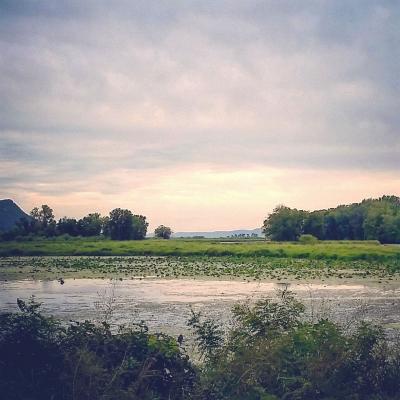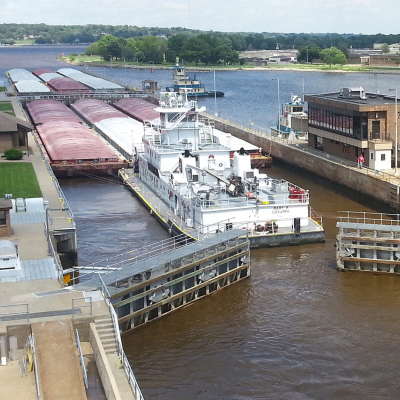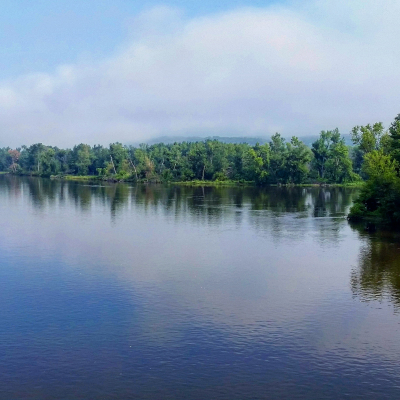The purpose of this analysis is to evaluate opportunities for using water level management for ecosystem rehabilitation on the Upper Mississippi River System through cost and benefit analyses. The management actions are designed to provide ecosystem restoration benefits on a pool-wide scale and the actions focus on changes in the way the dams are operated.
The analysis quantifies and evaluates the success rates, costs, acres exposed, and ecological benefits for individual pools for the purposes of informing the planning, development, and prioritization of future water level management investigations and actions. The analysis found that the cost of implementing water level management per average annual habitat unit (AAHU) is lower relative to individual habitat projects.
The 2022 report update was conducted under the Army Corps of Engineers (Corps) Planning Assistance to States Continuing Authorities Program. The study was cost-shared 50 percent by the Federal government and 50 percent by UMRBA and its non-federal partners. The contributing entities of the non-federal cost share include the five basin states Illinois, Iowa, Missouri, Minnesota, and Wisconsin as well as nonprofit partners The Nature Conservancy, Audubon, American Rivers, National Wildlife Federation, and Waterways Council. U.S. Fish and Wildlife Service, U.S. Geological Survey, and National Weather Service also participated in the report's development.
The 2004 report was published under the Navigation and Ecosystem Sustainability Program.




